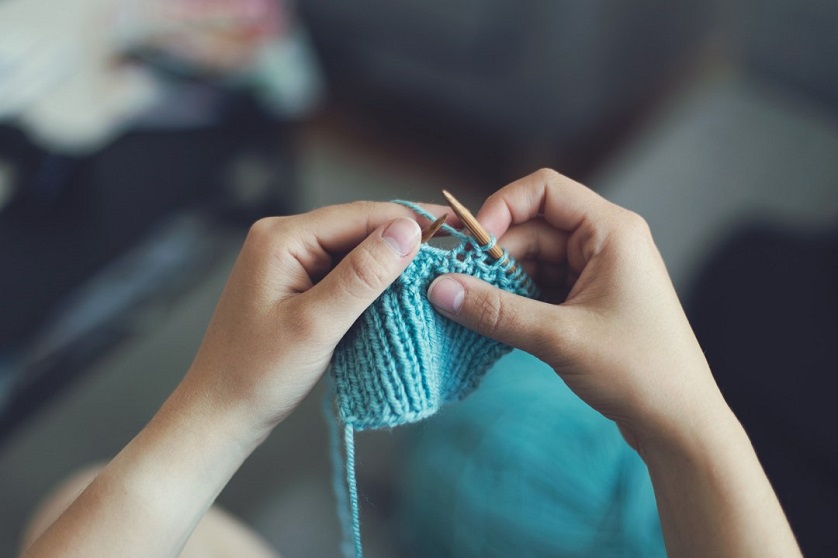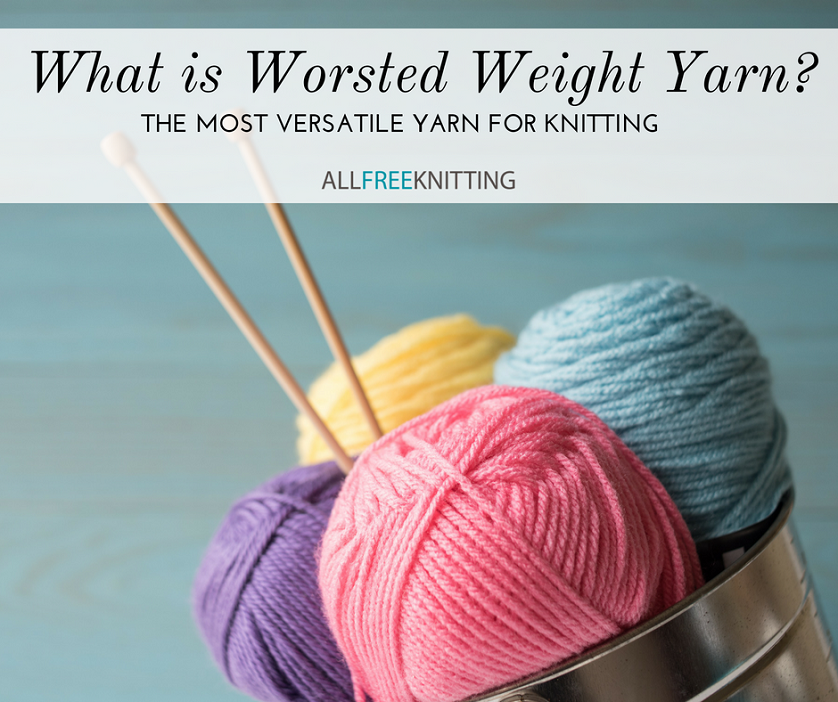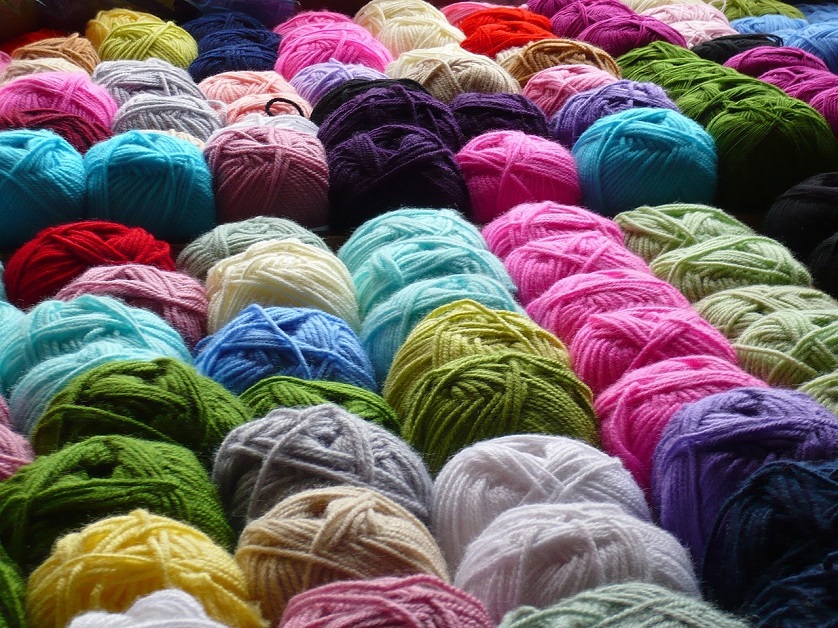Knitting is the perfect activity for people who have time and want to learn something new. Although it may seem like an old-fashioned hobby, there are still women around the world who enjoy knitting different items like scarves, socks and even blankets. If you are one of them and want to test your skills, the best way to do that is to learn more about knitting needles and yarns. As a beginner, you might think that all yarns are the same and they only differ in their colour, but that’s far from the truth. The first thing that yarns differ in, is their weight.

Source: Tlycblog
What is yarn weight?
When choosing the right yarn for your next project, keep in mind that size matters. Yarns for knitting are available in a range of thicknesses or “weights”. So, the weight of the yarn you choose will have an impact on the feel and look of your finished product. It’s important to not mix different yarn weights in one project unless it’s a novelty look you want to achieve. The weight of the yarn is determined by its thickness. You can find lace, fingering, DK weight yarn and various others. Yarn sizes are standard and they are usually written on the ball band along with the suggested tension and needle size.
What does ‘ply’ mean?
Ply refers to the number of strands that are twisted or plied together during spinning in order to create a single strand of yarn. For example, a 3ply yarn has three strands, a 4ply has four, etc. Years ago, yarn weights were named after these numbers, but today, things are a bit more complex. If the higher the ply used to mean the heavier the yarn, today the rules have changed. For example, a 4ply yarn might not have 4 plies – it can have more or less. Plies are still commonly used as names for yarn weight, especially in Australia and the UK, although ply and weight are no longer necessarily related.

Source: Allfreeknitting
Types of Yarn Weight
- Lace – This yarn weight is very fine and that’s what makes it perfect for creating delicate items like shawls. Gauge is flexible with a lace yarn weight since most of the size and structure is determined by how the finished item is blocked. When using lace weight yarn you should knit using the smallest needle size for opaque, tight fabric and a large size one for an open gossamer effect.
- Fingering – This yarn weight is often used for lightweight sweaters, socks and accessories and it’s about double the weight of lace yarn. Usually, fingering weight yarns are knit on 2.50mm – 3.50mm needles.
Sport and DK – Sport weight and DK weight yarn are often viewed as interchangeable, but there are still some differences between them. - Sport weight yarn is a teeny bit finer or lighter than DK yarns. What does DK weight yarn mean? DK stands for double knitting. However, double knitting can be a lot of things like the actual knitting technique or holding two lengths of yarn together. But, in this case, DK only references to the weight of the yarn without any deeper meaning. If you’re wondering what size is DK weight yarn, it’s worth mentioning that it is usually double the weight of 4ply and is one of the most widely used weights. And if you’re not sure what is DK weight yarn used for, you’ll be happy to know that it’s ideal for the making of mid-weight socks, wraps, sweaters, shawls and accessories. Sport weight yarn is usually knit with 3.25mm – 3.75mm needles, while DK yarn weight is knit with 3.75mm – 4.50mm needles.
- Worsted – This is another widely used yarn weight. It is double the weight of fingering yarn, which makes it perfect for knitters of all skill levels and can be used for almost anything. It’s ideal for sweaters and accessories with moderate density. Generally, worsted weight yarns are knitted with 4.00mm – 5.50mm needles.
- Heavy worsted/Aran – This yarn is slightly heavier than worsted yarn weight. It’s used for the same projects as worsted weight yarn but the final result will be a heavier fabric. Both of these yarns are knitted with 4.50mm – 5.50mm needles.
- Bulky – This yarn weight is about twice as thick as worsted weight and four times the size of fingering weight yarn. Bulky yarn can be worked up fast on large needles making it perfect for projects like throws, warm sweaters, felted items or decor where warmth and structure are a priority. This yarn is typically knitted with 6.00mm – 8.00mm needles.
- Super bulky – This one is best for creating fast knits. Home decor or accessories can be done in a couple of hours. For knitting with super bulky weight yarn, you will need a 10.00mm needle.

Source: Agronomag
Fibre Types
Aside from differing in weights, knitting yarns can differ in their fabric too. Generally, they are divided into three main categories: plant fibres, animal fibres and synthetic fibres. Each of them has its own features regarding heat retention, walkability, durability and elasticity.
- Wool – This animal fibre is known for its amazing ability to withstand a great deal of use. It comes with antimicrobial and antibacterial properties while also being insulating, breathable, cooling and water-resistant. You can choose from Peruvian, merino, superwash and alpaca wool yarns.
- Cotton – This is a plant-based fibre that’s very strong, versatile and durable. Even when washed with hot water, cotton yarn stays unscathed. It is breathable and lightweight but it isn’t elastic like wool or synthetic fibres.
- Acrylic – Acrylic is a man-made or synthetic fibre which is machine-washable, extremely durable and hypoallergenic. It is perfect for accessory and home decor projects with stitch and structure definition.











